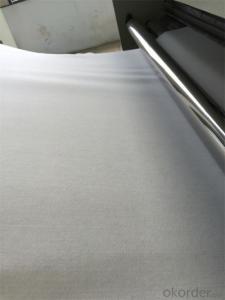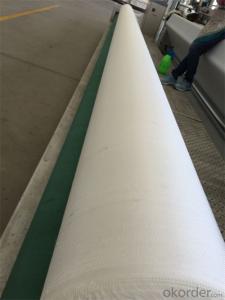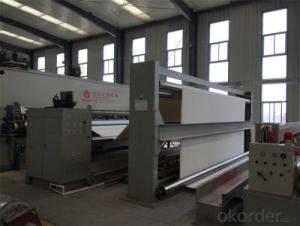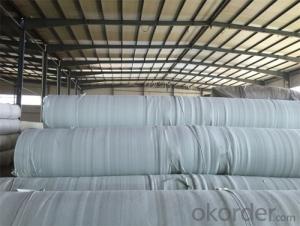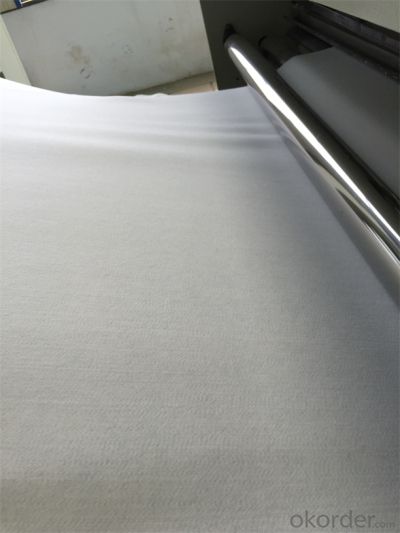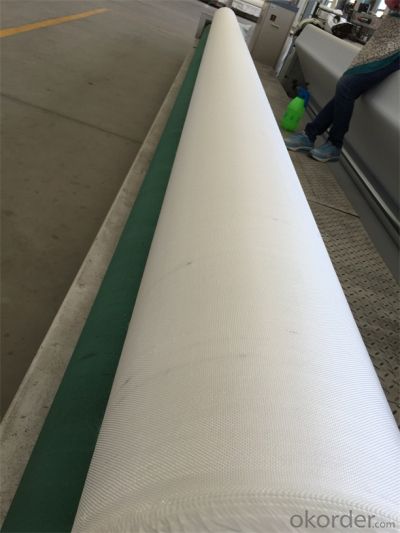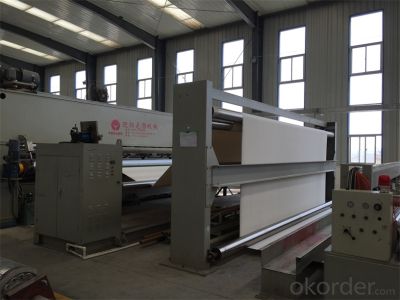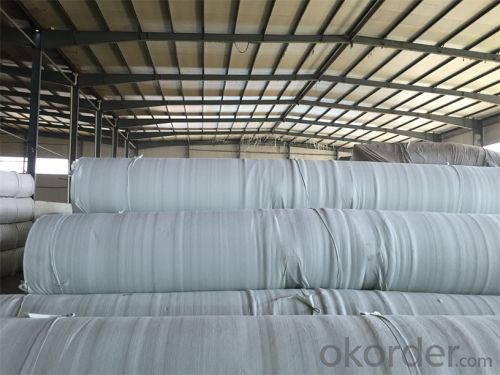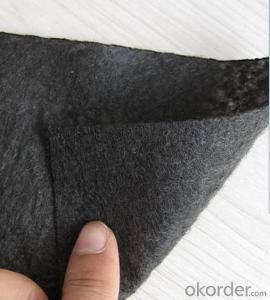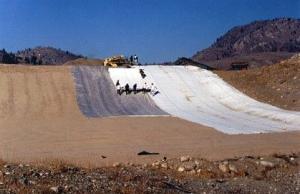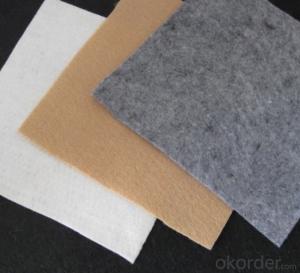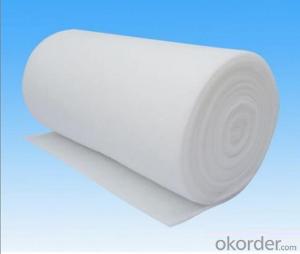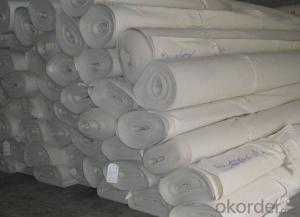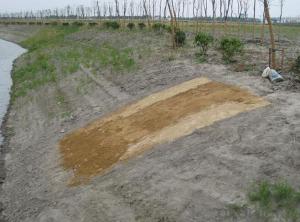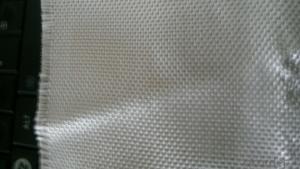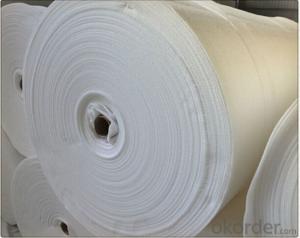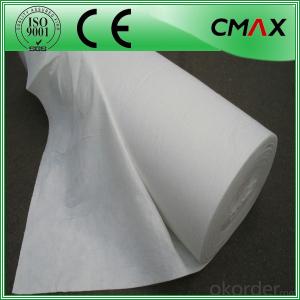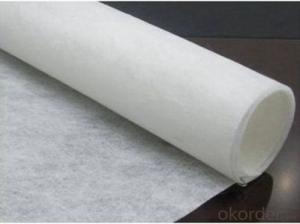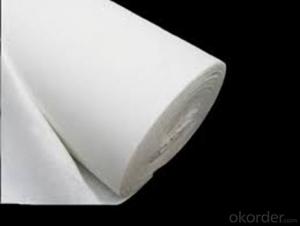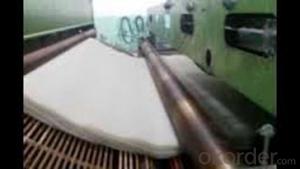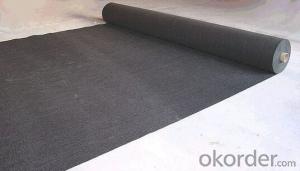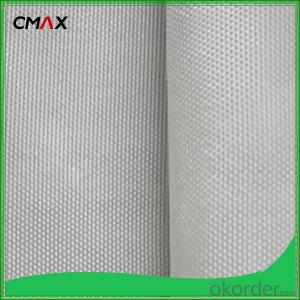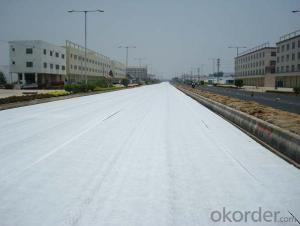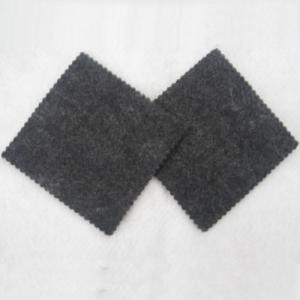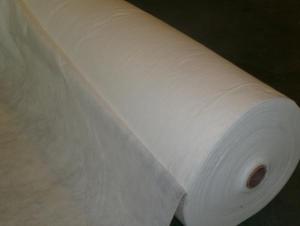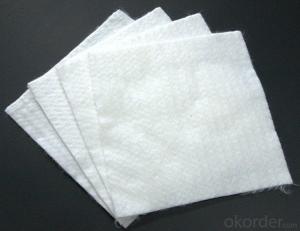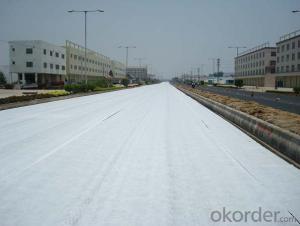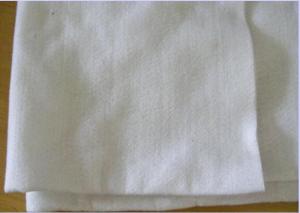Gt180 PP Nonwoven Geotextile 100g/m2—1200g/m2
- Loading Port:
- Tianjin
- Payment Terms:
- TT or LC
- Min Order Qty:
- 2000 m²
- Supply Capability:
- 500000 m²/month
OKorder Service Pledge
OKorder Financial Service
You Might Also Like
PP Nonwoven Geotextile
Introdcution of PP Nonwoven Geotextile:
Made from high strength PP (polypropylene) short fiber by nonwoven needle punched manufacturing processing. The mechanical values are 2~3 times more than ordinary products. It has separation filtration drainage reinforcement protection and maintenance etc. function.
Specifications of PP Nonwoven Geotextile:
•100g/m2—1200g/ m2
•1m—8m in roll width
the length as clients’ request
Production Standard:
HSPP-2009-88
Advantage of PP Nonwoven Geotextile:
The mechanical values are 2~3 times more than ordinary products. Good acid and alkali resistance,
Excellent hot melting adhesiveness high anti-abrasion performance.
•Good flexibility resistant to corrosion resistant to acids and alkalis anti-oxidation
•Separation filtration, drainage, reinforcement, protection, and maintenance function
Applications of PP Nonwoven Geotextile:
•Filtration of soils in drainage applications by retaining soil particles while allowing for the free flow of water.
•Separation and stabilization in road and railway construction
•Prevention of soil movement in erosion control measures
•Cushioning and protection in many containment projects
FAQ:
1. Which payment do you accept?
For you convinience,our payment can be L/C,TT
2. Is free sample available?
We can supply free samples. You'll just need to pay for express cost.
3. How about your quality?
We have strict quality control system, we make testing on incoming raw material and finished products. Your third party testing is also welcomed. With high quality, our products are used on government projects at home and abroad. Our product quality is accepted by clients from all over the world.
Photos of Products and Factory:
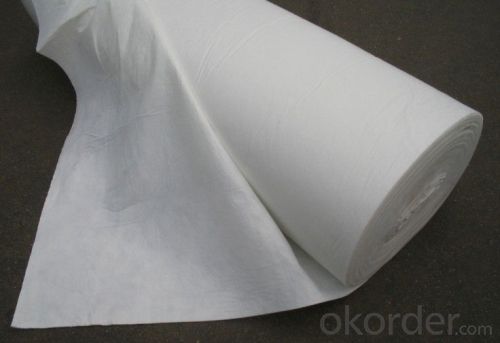
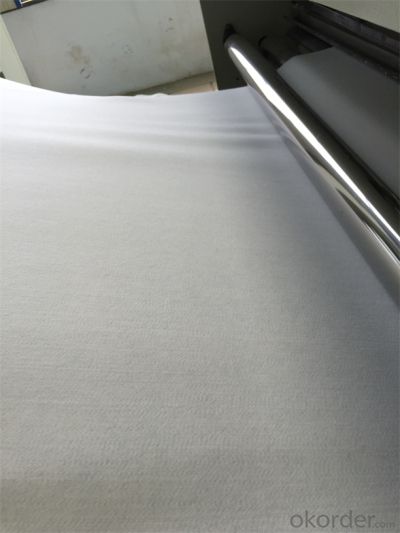
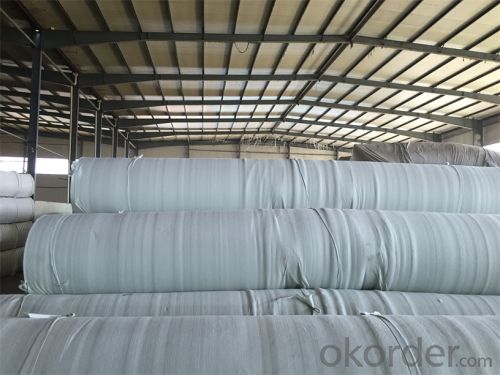
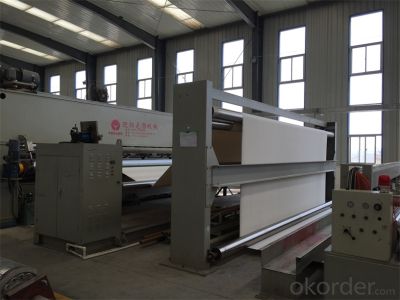
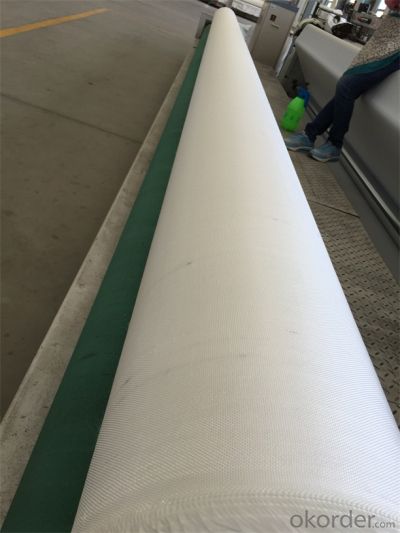
- Q: What is the role of geosynthetics in the highway?
- Geosynthetics a lot of geogrid, geotextile which is specific
- Q: What is the role of permeability in geotextiles?
- The role of permeability in geotextiles is to allow the passage of water or other fluids while restraining the movement of soil particles. It helps in drainage and filtration processes, preventing the buildup of excess moisture and maintaining the stability and integrity of the surrounding soil or substrate.
- Q: Can geotextile skin be connected?
- Geotextile skin can be touched. Geotextile production of raw materials is polyester fiber, polyester has been widely used in daily life. Such as clothes are also a lot of polyester material. So do not worry, geotextile is not harmful to the human body.
- Q: Would like to know the product of the market
- Geotextile short wire geotextile, filament geotextile, polypropylene geotextile, the weight of 100g ~ 1000g per square meter range, different prices of different prices in a dollar to nine yuan range, according to the type of raw materials and specifications
- Q: How do geotextiles help in groundwater drainage?
- Geotextiles help in groundwater drainage by allowing water to pass through while preventing soil particles from clogging the drainage system. They act as a filter, providing a barrier against soil erosion and maintaining the permeability of the drainage system, thus improving the overall efficiency of groundwater drainage.
- Q: Are geotextiles resistant to chemicals?
- Yes, geotextiles are generally resistant to a wide range of chemicals.
- Q: What are the different geotextile installation techniques in filtration?
- Some of the different geotextile installation techniques in filtration include direct placement, wrap and trench, and sand bag placement. Direct placement involves placing the geotextile directly on the soil surface, while wrap and trench involves wrapping the geotextile around a soil layer or pipe and placing it in a trench. Sand bag placement involves constructing sand bags filled with soil and placing them against the geotextile to hold it in place. These techniques help to ensure proper filtration and prevent soil erosion.
- Q: Google for a long time only geotextile ads! The The Do not know geotextile, drainage board such materials, in what kind of shop which has to sell? Because the building materials market to a circle, people did not sell this thing more
- Retail, then, to the local hardware and electrical city to see. Manufacturers of drainage board geotextile
- Q: What are the different geotextile puncture resistance test methods?
- There are several geotextile puncture resistance test methods, including the ASTM D4833, ASTM D6241, and ISO 12236. These methods involve subjecting the geotextile to various mechanical forces to determine its resistance to puncture.
Send your message to us
Gt180 PP Nonwoven Geotextile 100g/m2—1200g/m2
- Loading Port:
- Tianjin
- Payment Terms:
- TT or LC
- Min Order Qty:
- 2000 m²
- Supply Capability:
- 500000 m²/month
OKorder Service Pledge
OKorder Financial Service
Similar products
Hot products
Hot Searches
Related keywords
